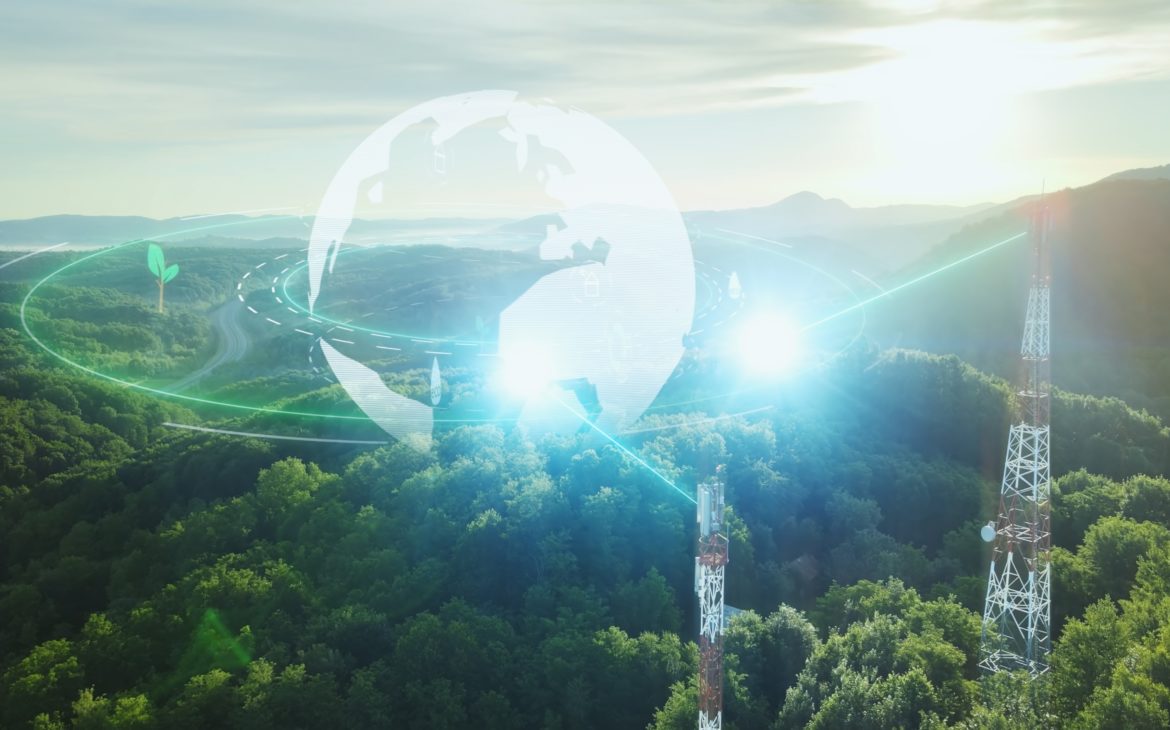The development of 6G networks is not only about higher speeds and lower latency but also about sustainability. While the rollout of 5G infrastructure has already raised concerns over high energy consumption and maintenance costs, researchers in this new study emphasize that 6G must take a different approach. This involves integrating renewable energy sources such as solar and wind power directly into network architecture, introducing smart energy management and applying advanced algorithms to optimize data transmission. The idea is to view networks not only as technological systems but also as ecological systems.
One of the main points of the research is the need for so-called energy-aware design of network nodes. Today’s base stations often operate at full capacity even when there is little or no traffic, leading to significant energy waste. 6G technology is expected to introduce dynamic operating modes where resources automatically adapt to demand. In addition, the growing use of artificial intelligence to predict network loads will further reduce unnecessary consumption. A combination of these solutions could significantly cut the carbon footprint of telecommunications while at the same time ensuring higher-quality connectivity for users.
Another important element is recycling and reducing electronic waste. New concepts call for the use of modular components that can be upgraded or replaced without the need to build entirely new systems. This approach lowers costs and conserves resources needed for network modernization while extending the overall lifespan of infrastructure. Coupled with European Union policies on sustainable digitalization, green 6G networks could become a key tool in achieving climate goals.
The future of 6G networks will not be measured only in gigabits per second but also in kilograms of reduced CO₂. If 6G succeeds in combining technological excellence with sustainability, it could serve as proof that digital progress does not necessarily have to come at the planet’s expense. At a time when climate change stands as the world’s greatest challenge, research like this shows the direction innovation should take—towards smarter, faster and greener networks.
